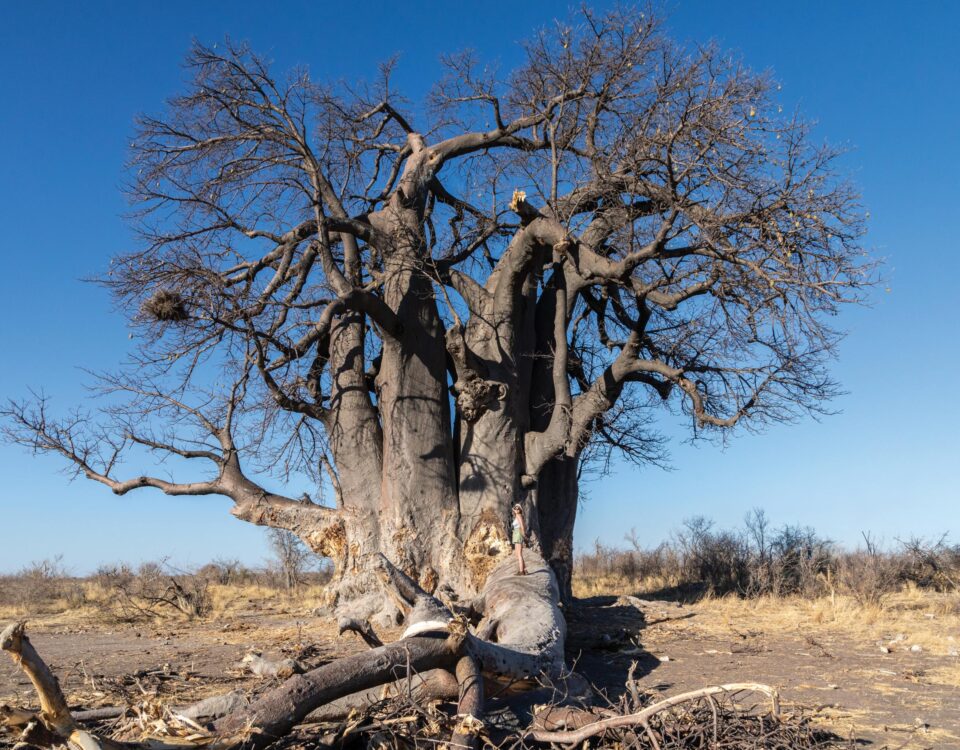NEWS | Responsible Tourism Awards
July 10, 2015Conservation | Rediscovering the Giraffe
July 13, 2015A Hot Topic
Namushasha Country Lodge, Wilderness Safaris and Community members
Chillies are potentially an economical and accessible way for rural people to deter problem animals, particularly elephants. Chilli can be burned to produce smoke that deters these animals. This was the question that collaborators on the Namushasha Elephant Deterrent Project set out to answer.
The team started by preparing chili nursery beds on the banks of the Kwando River, close to the Namushasha Lodge. Special care was taken to select chilies referred to locally as “bird chili” or “African devil” (Capsicum frutescens) as this variety is known to be extremely hot and have a high seed to fruit content. Initially 1,000 plants were cultivated, and at the completion of the project’s next growing process more than 6,000 plants were ready to be distributed to community members in the surrounding area.
The next phase of the project was to develop a method whereby dried chili mixture could be incorporated into a robust block suitable for transport and smoldering. Elephant dung was considered the best substrate to experiment with, as it is readily available, cost-free and has good smoldering characteristics. Harvested chilies from the central nursery as well as those from community-distributed plants were laid out on the ground to dry in the sun. Once dry and brittle, the chilies were crushed. They were then mixed with elephant dung at a ratio of around 20 to 80. It was soon established that wet season elephant dung was much better for moulding into a form after compression, because it was less fibrous than dry season dung. Various presses were constructed from different materials on site before the ideal size block for distribution and smoldering was attained.

Chillies harvested from nursery beds on the banks of the Kwando River are then dried and incorporated into smoldering blocks
Once the best method of manufacturing compact dung and chili blocks was determined, various shapes and sizes were smoldered to establish how long they would burn and thereby produce smoke to act as an elephant deterrent. Used wine corks soaked in paraffin (Jet A1 fuel) were imbedded in the blocks as igniters to allow for an easy start to burning. The wine corks were obtained in abundance from the Wine Bar in Windhoek, and the paraffin was mostly obtained from turbine aircraft pre-flight fuel drains.
Twenty compressed square tubing type blocks (10cm x 10cm x 20cm) were burnt under normal ambient conditions and the burning time was around four hours. Ten compact but uncompressed balls were burnt and the burning time was three hours.
Both the square blocks and the balls burnt completely, with only an ash residue remaining.
Concurrently, a drop out dart system to deliver a chili substance was also developed for use against individual elephants.
Plastic drop out darts of the Kruger variety were selected because of their large needle diameter, robust structure, simple discharge system and ability to hold 3ml chili mixture. Included in the dart system was a sleeve around the needle that contained an antibiotic paste that covered the needle wound when the dart dropped out. Two kilograms of chili were reduced to produce 0.5 L of concentrate that was suitable for use in the drop out darts. Darts were fired from a Cap-Chur rifle using red charges and were accurate to a range of 40m. The darts were used only on bull elephants that were in cultivated lands or in the process of crossing a fence into a human settlement. A total of 20 elephants received darts in their hindquarters.
The response on all occasions was dramatic and immediate. On all occasions the concerned bull made a hasty retreat away from the area and away from the direction from which the dart was fired. One bull was immobilized and examined eight days after being darted with a chili dart, and no signs of infection or abcessation were found at the site of the chili dart puncture.
The human–elephant conflict situation is a complex interaction of many factors – and so, too, are possible solutions to alleviate the conflict. This study and other previous studies, have highlighted one aspect that the use of chili is but one part of a whole array of measures that need to be synergised to achieve a truly effective elephant deterrent system. It is most likely for this reason that the use of chili by communities where human-elephant conflict exists has not been well or effectively embraced. Seen in the bigger picture, the use of chili may well be more effective not as a deterrent per se, but as a system that can be used to redirect elephant movements before a conflict situation arises.

